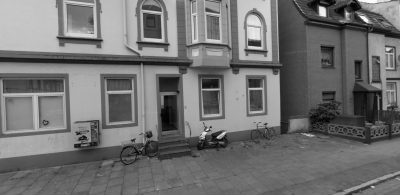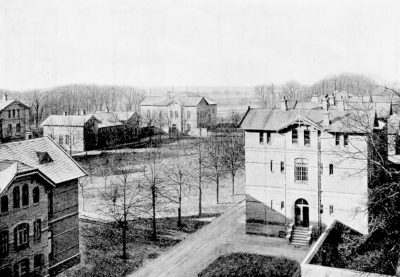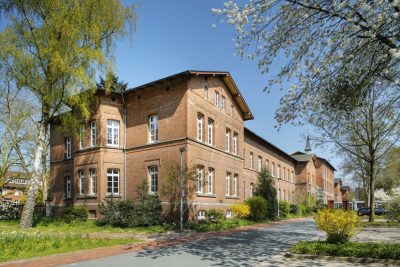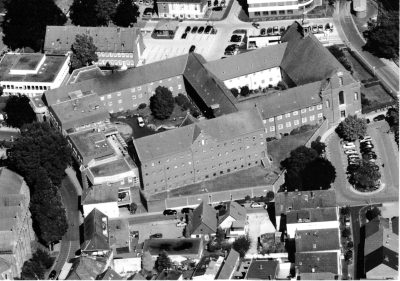TBDWBAJ at Justizvollzugsanstalt für Frauen Vechta
Project realisation Justizvollzugsanstalt für Frauen Vechta
August – November 2002
JVA Niedersachsen, An der Propstei 10, 49377 Vechta, Germany
Vechta Prison is located in Germany is one of 12 prisons with a dedicated wing or fully dedicated to housing female prisoners.
Prison Management during Project Realisation
Director: Ullrich Krenz
Deputy Director: Petra Huckemeyer
General Information - Vechta Prison
The main facility of the Women’s Prison in Vechta spans an area of 9,368 m², including outdoor spaces for leisure and recreational activities. It accommodates 130 incarcerated women who reside in various correctional areas distributed across three floors and seven buildings.
The Women’s Prison has been the central institution for female offenders in Lower Saxony since its establishment in 1991. With the expansion of the open prison system in Falkenrott and the addition of the Hildesheim department, it now has jurisdiction over all types of incarceration. The primary objective is to address the unique circumstances of all women in custody, regardless of their age, type of offence, or length of sentence, through a women-specific approach.
Upon arrival, all adult inmates are initially housed in the intake department for a minimum of two weeks. During this period, they participate in an orientation course that familiarises them with the prison's regulations and available programmes, including vocational training and work opportunities. Female inmates struggling with substance dependency receive specialised counselling from professionals.
The intake phase is crucial for providing the women with orientation in their new environment and for planning individualised correctional measures. This includes evaluating whether subsequent social therapeutic treatment may be necessary.
The prison handles various forms of detention, including pre-trial detention, imprisonment, juvenile sentences, and the rarer types of custody such as administrative, security, compulsory, and enforcement custody. Sentences can range from short-term replacement sentences to life imprisonment.
Additionally, as part of a regional agreement, young women from Schleswig-Holstein, Hamburg, and Bremen are also admitted to the juvenile department of the citadel.
In 2024, there are approximately 12 prisons in Germany specifically dedicated to women. These prisons are distributed across different federal states, with facilities such as the JVA Aichach in Bavaria and JVA Vechta in Lower Saxony among the most notable. While only about 5% of all inmates in Germany are female, these institutions aim to address the unique needs of women in detention, including specific programs for reintegration and support for mothers in custody
Drug-related issues in Women's Prison
More than 50% of incarcerated women exhibit long-term poly-drug use resulting in significant deficits in personality development, educational status, and a history of experience with therapy and incarceration. The restrictive application of prison leave and intensive controls are complemented by a comprehensive addiction support programme that focuses on abstinence-oriented therapy and substitution.
Rebecca Mertens
Rebecca Mertens wrote her biography by herself during a term of imprisonment. This biography exerted a strong influence on the character and method of compiling a dry, strictly factual biography, which was developed with participants of projects that followed, referred to as the “matrix method”, and on the project's structure as such.
Rebecca is of enormous importance for the art research project Outcast Registration: Criminal files, dossiers and reports from memory of countless conversations – live, by telephone, and in letters – between Ulrike Möntmann and Rebecca provide insight into specific information and enable its visualisation (see diagrams and charts).





